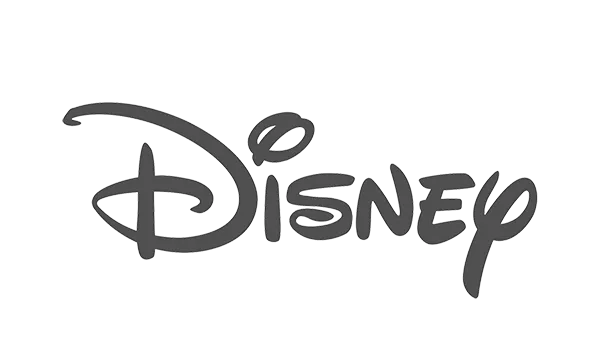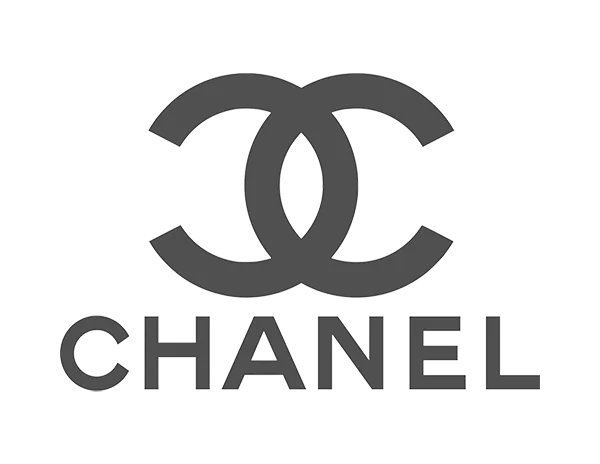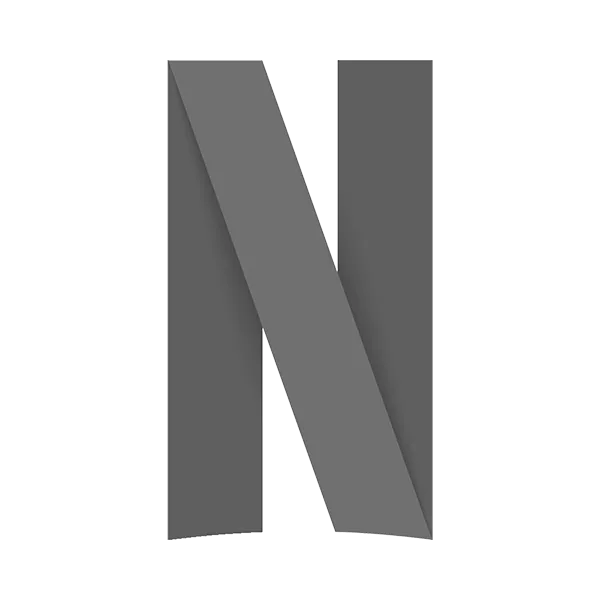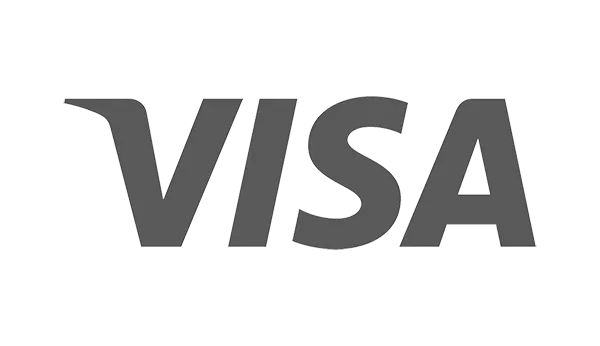Buying new software for your HR tech stack is difficult. From discovering a need to vetting vendors to making a final decision, there are a lot of bumps in the road that can lead to costly mistakes.
When buying new HR software, there is typically a sales person on the opposite side of the Zoom. While these folks are incentivized to sell us, many of them are actually great resources on the industry and landscape of solutions.
We realized that sales people have a bit of insider knowledge as they see things from the vendor side. And, they get to see the processes that a lot of HR practitioners go through to buy software.
With that in mind, we asked salespeople across the HR vendor ecosystem how HR practitioners can improve their process of finding/vetting/buying tools and software. In no particular order, here are our favorite pieces of advice:
Elliott Brown

A lot of different solutions make similar promises, but when you sit down for a demo they all tend to present information in very different ways. It can be easy to lose track of all the things they do -- and how much add-ons cost.
To make sure you're getting exactly what you need (and eliminate any pricing surprises down the road), put together a checklist of features and functionality you're interested in learning about before you get on the call. After the demo or presentation, run down your list to verify that each of the things you want was included and how much each costs. Also make sure you understand how often you'll be charged, because some providers mask higher fees by billing more often.
If you do your homework ahead of time, it will be much easier to evaluate different software, be confident in what you're getting, and get [management] to sign on the dotted line.
Learn more about OnPay here
Yair Riemer

When buying HR technology on behalf of employees, put yourself in their shoes. Consider the end user first and foremost. What is the user experience like? Is the solution design-driven and modern, which will encourage more adoption and more success? Does the solution provider invest in product innovation, R&D, and confidently share their product roadmap? Your employees are used to consumer grade experiences - via Netflix, apps on their mobile phones, etc. If your HR technology provider doesn't deliver a similar user experience, it's going to be an uphill battle across the board.
Learn more about Intoo here
Katie Stukowski

When going to RFP [request for proposal], it is important to balance what the software offers to address the Buyer’s immediate needs and also how the Vendor differentiates from the competition and can grow with the Buyer’s evolving HR and Compensation practice. Too often, the demo phase of the RFP may showcase the “sales candy” aspects of the software that show brilliantly for demoing, but in actual function, do little to help address the day-to-day problems that end-users face and which prompt them to go to RFP in the first place.
Conversely, if the demo only shows items related to the exact questions the Buyer crafted in the RFP, the Software Company may miss showing enhancements or differentiators that are relevant to the various Buyer audiences that attend the demo or for the future state of the Buyer’s HR practice.
Our advice to companies headed to RFP is to achieve balance. Think through a few specific use cases to request during the demo that will help identify which Vendor will address the immediate work and needs that led to the RFP.
Sending scenarios with a demo script in advance leaves time for the Vendor to tailor pieces of the demonstration to the specific Buyer’s day-to-day process. In addition, make sure to leave time for the Vendor to showcase their strengths and speak to why their customers choose to partner with them to advance their HR and Compensation process.
The “flashiest” tool isn’t always the most functional and vice versa. It is about finding the right Vendor that understands the true challenges faced in the Buyer’s organization and can show how the software and their company can address these needs, while advancing their process for the long term.
Learn more about Salary.com here
Robin Stenzel

Clearly define what you must have vs. what you would like to have. The nice-to-have's may come in handy, but your stakeholders and internal customers will push back if you aren't really clear in how their must have needs will be met.
Find a champion, both in HR and also the business. Ideally, find a business leader and their HR leader who see the value in what you are buying not just for their org, but the entire company. They will be key to your business case.
"Interview" your sales reps. Ask about times when they have helped make a business case, created a solution that met the needs of the customer (including financially), etc. The right sales rep will be your advocate even past the sale.
Get to know the executive team. They may be part of your sales cycle, and if they are, look for those executives who follow up with you after the visit - not just asking for your business, but sharing how they want to partner with you.
Learn more about Outmatch here
J.T. Levin

Prioritize your end users (employees, managers, etc.), their experience, and the value a solution will provide for them.
Ask the vendor how their solution will help you build a better business, not just plug a hole or check a box.
Consider not just your needs now but how they will evolve at your scale. Can the solution scale with you? How easy is it to customize/add new functionality over time?
Learn more about ChartHop here
Jack Coapman

In my experience, teams that take the time to clearly articulate their business situation—a deep dive into the various aspects of the business that have created the situation HR/TA finds itself in—find they are far more effective in aligning their needs to the right technology and partner. The main objective of this exercise is to gather the meaningful intelligence that can reduce errors in judgment throughout the evaluation process.
Certainly, each organization will have unique considerations, but there are three essential areas of focus for all. Most obvious is determining the source of funding, along with any and all dependencies. Next, teams must clearly identify the business issue that is preventing the organization from executing on strategy and achieving its goals. Finally, they need to define the business case by bringing together the benefits, costs and risks associated with their current situation and future vision.
The result is that HR/TA now has the intelligence needed to make better decisions as they move forward in the review process. Plus, the business situation provides highly relevant information to share with vendors selected for demos, which leads to vendors being able to deliver a more relevant demo experience.
Learn more about gr8people here
Jill Stover

Prepare internal teams before a demo with context on the project & priorities, key questions you aim to answer through the demo, and pre-read/overview info on the solutions being reviewed. This will ensure everyone is coming to the table prepared and on the same page with what is important for the success of the project.
Approach every solution review meeting (from the initial overview, to the demo, to InfoSec & legal sign off) with a clear agenda and key questions outlined in advance. Share this agenda and key questions with the solution provider to ensure they're prepared with the right players attending from their side and so that you're able to hold a productive and effective meeting.
If you haven't procured solutions yourself at the organization, ask around and learn from others who have - what internal steps should you expect, what are the timelines for legal review, etc. This will be helpful for you to guide a successful solution review to purchase!
Learn more about Pymetrics here
Chris Cummins

Reframing your HR Tech as an investment, rather than a cost, ensures that you have a strategic, goal-aligned approach to understand how every dollar spent gets tied back to a real and actionable result. Being able to communicate and demonstrate how that result drives both strategic and organizational goals is how you know you've found a vendor that will really move the needle. Challenge vendors to help you understand how they will be a partner in achieving ROI from your technology investment and how you will be able to prove it to your internal stakeholders. Specifically: what data do I have access to, what level of detail and transparency will I receive, and can I see real examples of what that looks like.
Also, technology and capabilities are important, but support, insight, and industry experience are where you achieve next-level value. Find a partner that can support your needs and goals, and provide value beyond the technology they provide.
Secondly, I think one of the lessons that 2020 has taught us is that data needs to be at the heart of every decision you make. Fundamentally, you can't improve what you don't measure but practically speaking, this year has rendered last year's performance data useless. HR/TA leaders need tools that will help you be more data-driven, help you scale and automate manual processes, and help your individual contributors to focus on what's most important: people. Be selective in ensuring your HR Tech is not only going to help you achieve a result and improve your strategy or process but that it will provide the data, analytics, and insight to prove it. During the vendor exploration process, make sure you push for the details, transparency, and clear examples that demonstrate that you won't just find a vendor but will partner in achieving data-driven success.
Lastly - and of course these points are all very much related - gone are the days of being reactive and resting on your laurels. Agility is an imperative in our 'new normal' and investing in technology that enables you to navigate change more effectively will be the secret ingredient to high-performance TA teams.
Learn more about Appcast here
Ernie Kueffner

When shopping for new technology, HR leaders should avoid functionality checklists and instead focus on differentiating features. Reviewing said features to understand what they mean in their context and to approximate their return on investment is the key to a successful partnership. For example, screening automation and tags take a check each, but the former has a much bigger impact when it comes to talent acquisition.
Learn more about Avature here
Sean Hallihan

HR and TA leaders should look for solutions that directly address current pain points while maintaining the integrity of the defined talent acquisition strategy; it's important to keep in mind that the goal is to solve problems and improve current strategies, not reinventing the wheel.
A successful HR tech solution should offer tech stack compatibility and improved efficiency while meeting organizational objectives through ROI, improved time to hire, and an improved candidate experience. If you're looking to improve your interview scheduling process, consider solutions that provide complex scheduling or automated scheduling - this increases your company's efficiency without changing your values. If you're looking to hire during a difficult time such as COVID-19, implement video interviewing to meet face-to-face with candidates from all around the world.
You can still retain your company's touch and branding while being flexible in changing environments. New technology can be daunting, but there are great solutions out there that meet your needs in any circumstance.
Learn more about XOR here
Caroline Tarpey

When purchasing new HR technology, one of the biggest challenges for HR leaders can be explaining the need to the executive team. When talking about employee experience or tools to help employees be more engaged at work, there can be some nebulousness about those conversations that make it difficult for the C-suite to understand the real value. This is where building a business case comes in.
We encourage all of the HR leaders looking at Kazoo to identify who the key decision makers for this purchase will be at their company and what they need to know to give their buy-in. For instance, the CFO will want to know about ROI and cost savings, the CTO will want to know about platform security, and the CEO will want to understand why now and the cost of not changing. If an HR leader can identify the questions and concerns key decision makers will have during the process and get answers to those from the start, they will have a much easier time getting buy-in for their new software purchase.
Learn more about Kazoo here
Sarah Dunning

I recommend discussing and documenting criteria for tool selection internally to ensure your review team is on the same page, especially if you are reviewing multiple tools. Additionally, I'd request information about how long a potential technology partner has been offering the specific solution at hand - you don't want to be stuck with a flashy beta technology that looks great but doesn't work for you and your team. Finally, ask about the support structure. Technology is a wonderful thing, but you should have experts providing knowledge and expertise on how to best deploy the solution for the greatest ROI.
Learn more about Radancy here
Zack Cormier

Don't let integration be your end all be all! So many buyers think that integration is going to change the way they work everyday. A lot of the time this isn't the case. So often we see buyers having integrations on their must-have instead of their nice-to-have. The integration itself is most likely not solving your problem. Choose a vendor based on how well they understand your challenges and can solve them. Integration certainly has its place in a decentralized team, but it's not going to change your life, choose a vendor that meets the needs of your true challenges.
Learn more about VidCruiter here
Who do you want to hear from next?
Thanks to all of our contributors for their advice. We hope that you are able to use their nuggets of wisdom to make your next HR tech purchasing decision much easier.
Who do you want to hear from next? Employee recognition vendors about ways to show appreciation for your remote workforce? CEOs about how c-suite HR positions are growing? Let us know! We're always trying to stay on the cutting edge of HR tech.






